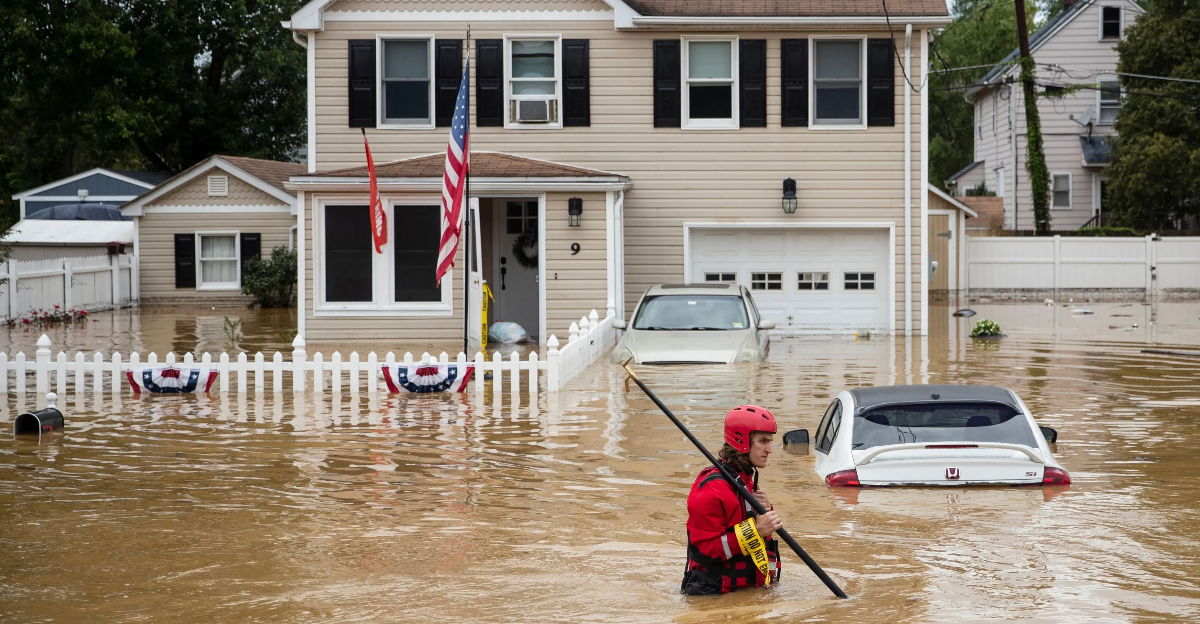
When September’s rains began, few expected how swiftly flood warnings would upend life across the nation. The National Weather Service issued urgent alerts for 20 towns, spanning the Texas Hill Country to the valleys of Maine.
The warnings became more than weather notes for millions—they shaped decisions, routines, and even survival. What began as passing showers quickly evolved into a nationwide reminder of nature’s raw and unpredictable force.
The Power of a Warning
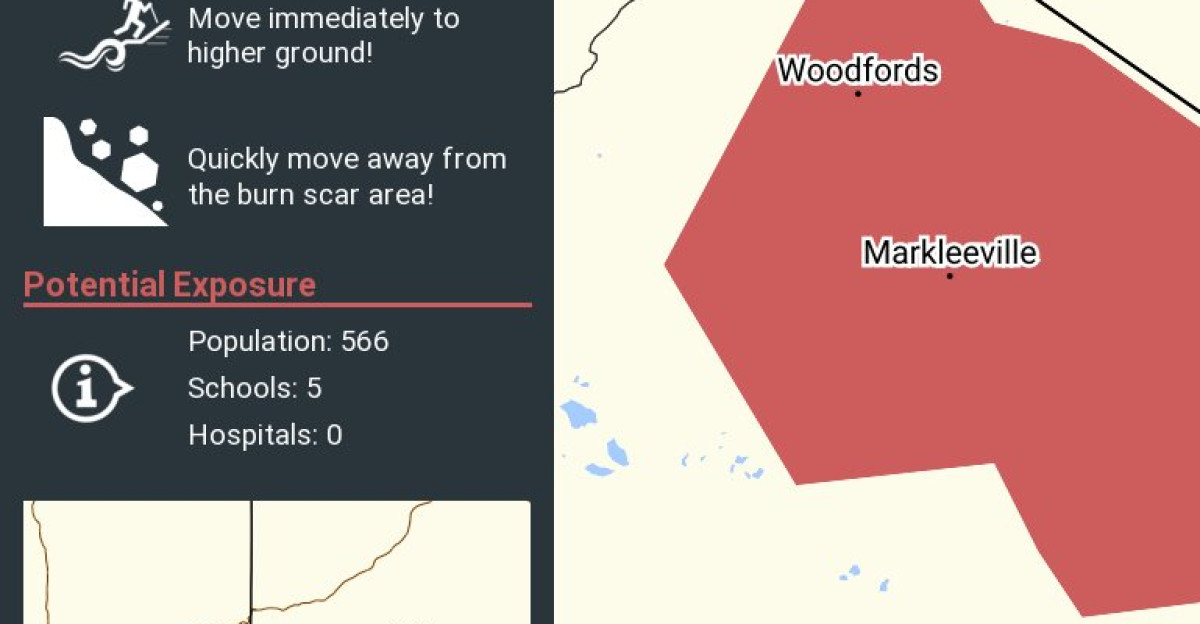
An NWS flash flood warning is more than text on a screen—it is a command to act. “When we issue a flash flood warning, it means lives are at risk and immediate action is necessary,” the NWS said in a bulletin. Families gather children, local businesses lock doors, and sirens slice through the air.
Each notice carries urgency, instructing people to move higher, leave vehicles behind, and prioritize safety. Communities transition within minutes from everyday tasks to survival drills, proving that preparedness often begins with a single line of warning text.
A Record Flood Season Unfolds
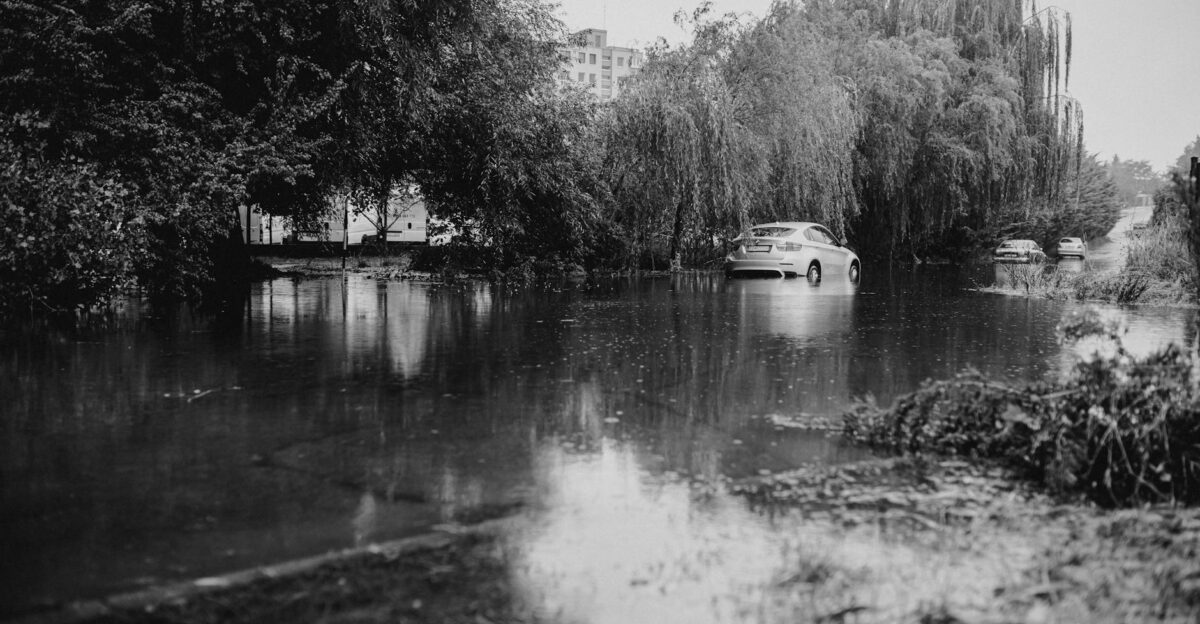
2025 has already rewritten the playbook for water-related disasters. The NOAA Storm Events Database reported, “By September 2025, more than 4,800 flash flood incidents were logged nationwide—about 70 percent above the ten-year average.”
Meteorologists note that every major storm now seems historic in scale, forcing forecasters into near-constant reassessment. The term “record-breaking,” NOAA said in an August report, “has unfortunately become routine.”
From Warning to Reality
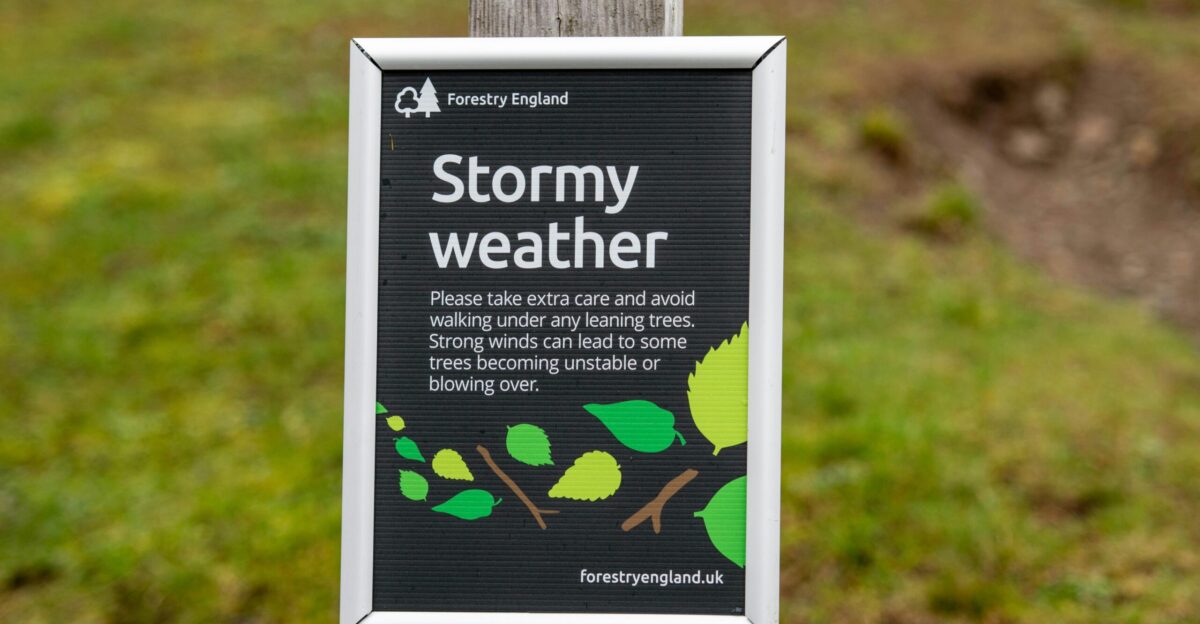
For towns in the path, alerts rapidly shift from theoretical to tangible. Warnings translate into closed highways, makeshift shelters, and emergency broadcasts cutting into local radio programming.
During periods of hefty rainfall in 2025, the National Weather Service described storm impacts as “historic” or “devastating,” highlighting the gravity of the threat in many regions.
Schools, businesses, and families began relying on weather apps as much as news channels, continuously adjusting daily life to conditions that shifted by the hour.
Experts Explain the Surge

Meteorologists link this dramatic increase to short but violent downpours. AccuWeather’s Chief Meteorologist Jon Porter explained, “So far in 2025 across the U.S., there’s been a 70% increase in reports of flash flooding when you compare that to the 10-year historic average through mid-July.
That’s a huge number, and why so many people feel like they’ve been hearing a lot about flash flooding in the news.” He also noted that “rain is falling fast and hard,” making flash flooding a growing threat even in places not used to seeing it.
The Numbers Tell a Story

“Nearly 4,000 flash flood warnings have been logged by the NWS this year alone—the highest number since formal tracking began in 1986. According to multiple reporting outlets, the pace of alerts this year has surpassed any comparable period over the last four decades.
Like many others in flood-prone areas, cities such as Columbus, Tulsa, and Rockford know the script: emergency bags by the door, vehicles moved to higher ground, and neighbors checking on each other.
Central Texas—A Summer of Heartbreak
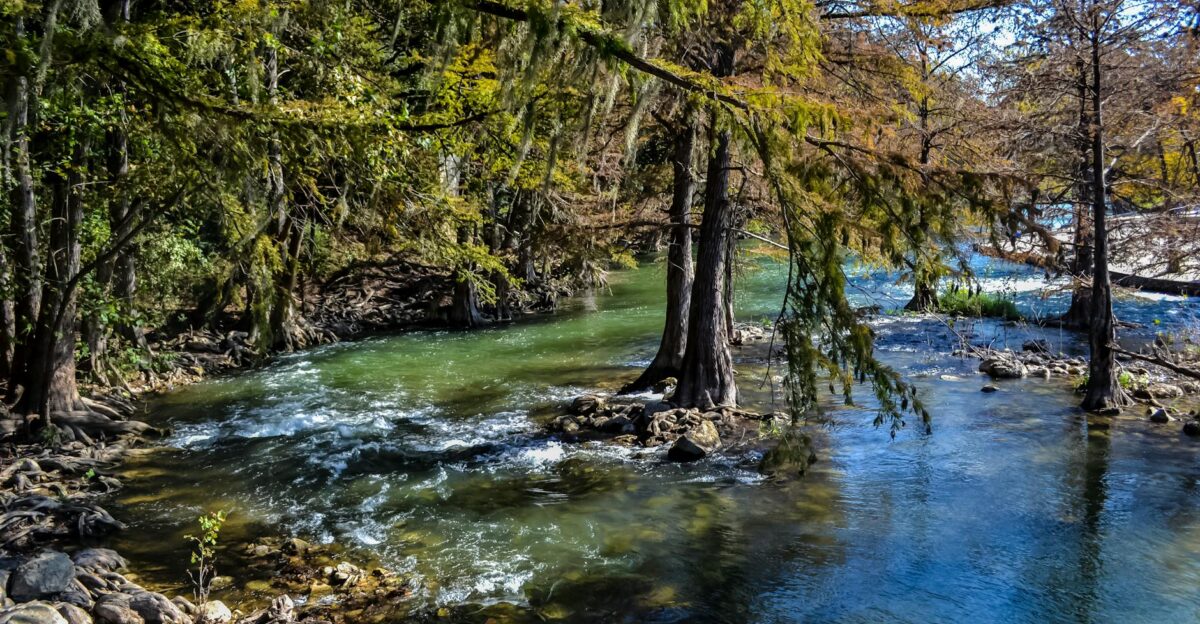
In July, Central Texas endured one of its darkest chapters. ABC News reported that “more than 130 lives were lost in the Hill Country as the Guadalupe River raged over its banks.” Families described the terror of rushing waters swallowing familiar streets.
Local officials told reporters that landmarks “were completely unrecognizable within hours” as the river swept through towns.
The Faces of Rescue

Amid devastation, rescue became the defining image of the summer. Search and rescue operations mobilized over 1,000 local, state, and federal authorities following the Central Texas floods. The Coast Guard played a critical role in the immediate response, with their statutory authorities allowing them to respond within minutes of the flooding.
Local firefighters and volunteers braved dangerous conditions to pull people from rooftops and submerged vehicles. One remarkable survival story involved a woman who was swept away by floodwaters and clung to a tree for hours until rescue teams in boats could reach her.
The Ripple Effect—Northeast on Alert
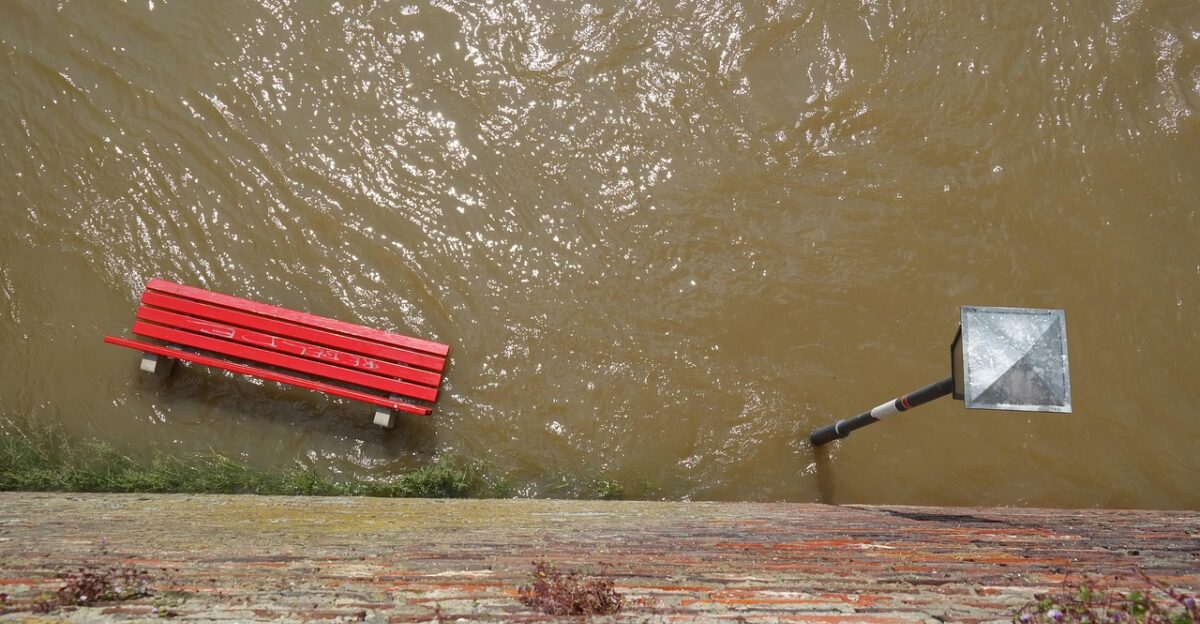
The crisis extended far beyond southern states. Throughout June and July 2025, the Northeast—including Pennsylvania, New York, and Maine—saw periods of above-average rainfall and episodes of widespread flash flooding, especially in early summer.
River towns accustomed to only occasional flooding suddenly faced repeated threats, with some communities receiving a record number of flash flood warnings in a single month. Families fled homes more than once in a season, while local budgets strained under mounting costs for shelters and road repairs.
Midwest—From Farm Fields to Flood Zones
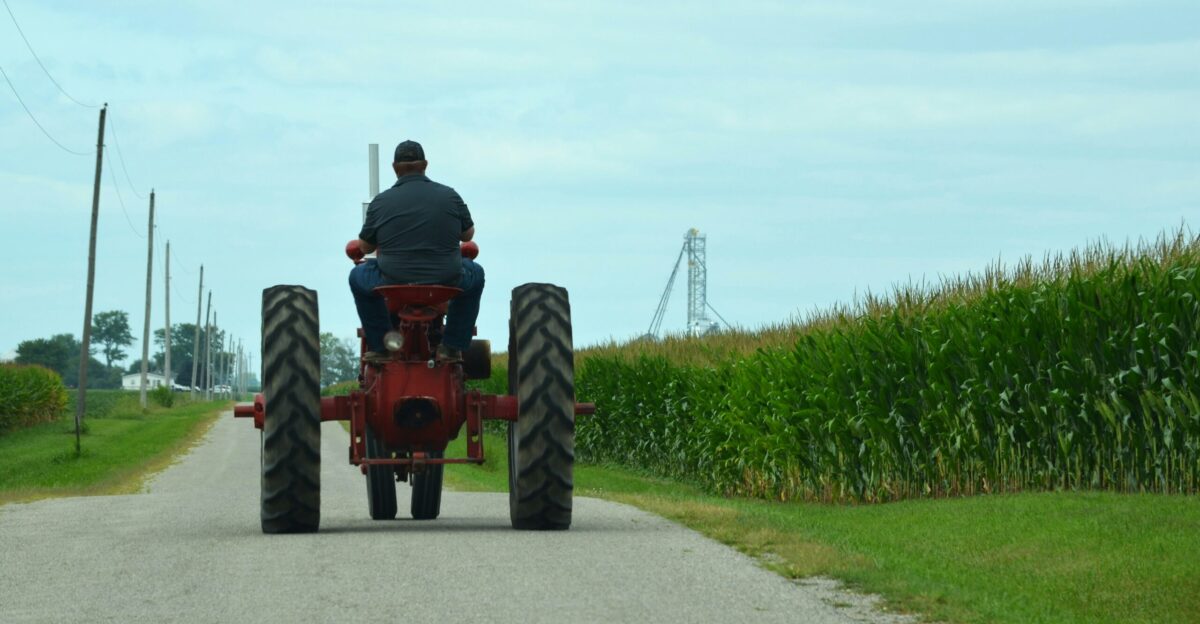
In the Midwest, ordinary landscapes turned treacherous overnight as flash flooding hit. Farmers in Iowa and surrounding states faced losses of entire fields to floodwaters within a single day, with agricultural officials confirming severe damage to crops and livestock.
In cities like Tulsa and Rockford, commuters were forced to abandon vehicles as flash flooding transformed highways into rushing streams. NWS warnings regularly stressed that “water levels can rise within minutes,” urging residents to act immediately in the face of sudden flooding threats.
What It Means for Daily Life

Flood emergencies seep into every aspect of living. In affected regions, some school districts temporarily closed buildings or combined students from flooded schools, forcing families and educators to adapt to sudden disruptions in the academic year.
Businesses canceled shifts, and summer events vanished from calendars. The constant threat and sudden evacuations made adjustments feel relentless for many families. Local parents described routines of “always keeping emergency bags ready” and struggling to keep up with daily changes caused by flash flooding.
Infrastructure Under Siege
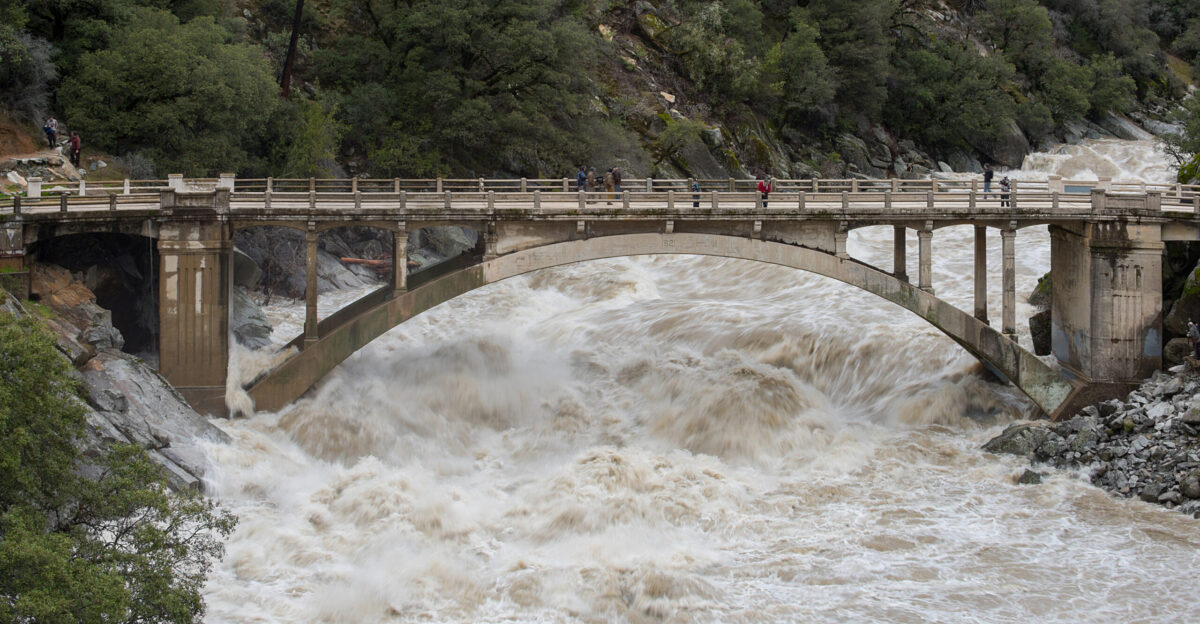
Floods dismantle more than homes—they carve into infrastructure. Across affected regions, numerous bridges collapsed, roads were washed out, and rail lines or tracks were left unusable due to rising floodwaters.
Rural communities often suffered the most, frequently being cut off from medical care and supplies for extended periods. In some locations, airlifts or boats were the only way aid could reach stranded residents. Local Arkansas officials observed, “Even after the water recedes, the damage can keep towns isolated for weeks.”
Michigan’s Massive Morning
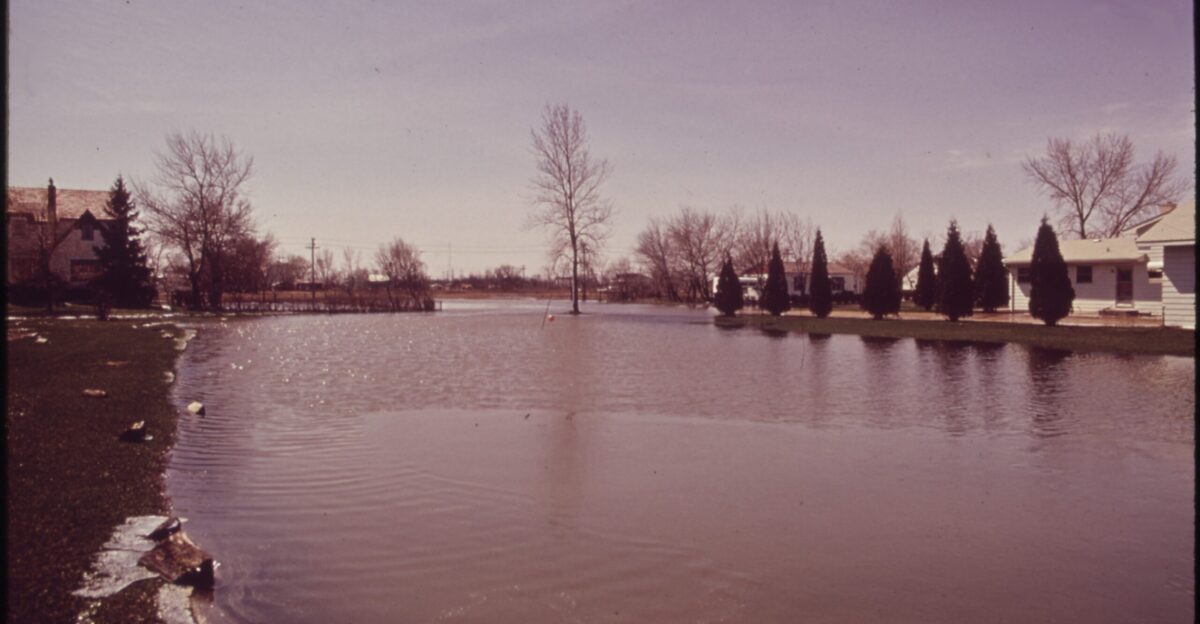
On a single September morning, Washtenaw County, Michigan, received up to four inches of rain within just a few hours, prompting a flash flood warning from the National Weather Service. The warning advised residents to avoid flooded roads and not to attempt travel through affected areas.
Traffic snarled as commuters encountered deep water, and rescue teams were dispatched to assist motorists trapped in submerged cars. Local news described scenes of widespread disruption and emergency response, highlighting the sudden and dangerous nature of the flooding.
Southern Plains—Endless Challenges

Arkansas and Oklahoma endured storms throughout 2025 that pushed emergency services to their limits, with local responders facing major pressure from repeated severe weather events.
NOAA’s Storm Prediction Center placed both states under frequent high-risk watches for flash flooding and tornadoes, noting “a level 3 out of 5 risk” for much of the spring and early autumn.
Local officials acknowledged, “Our crews are on permanent standby now—there’s barely any recovery time between storms,” as the pattern of back-to-back emergencies stretched resources thin.
Connecting Floods and Climate

Scientists link the rising frequency of flash floods to changes in climate dynamics. NOAA climate scientist Katharine Hayhoe has explained that “warmer air holds more moisture, fueling heavier downpours and leading to more extreme rainfall events”.
The U.S. National Climate Assessment has confirmed that heavy rainfall events have increased in frequency across the United States in recent decades, raising risks for floods in every region. For residents, these changes are widely evident in repeated flood events; as one Maine resident said, “We don’t need charts to tell us—flooding is happening all around us”.
The Hidden Deadliness
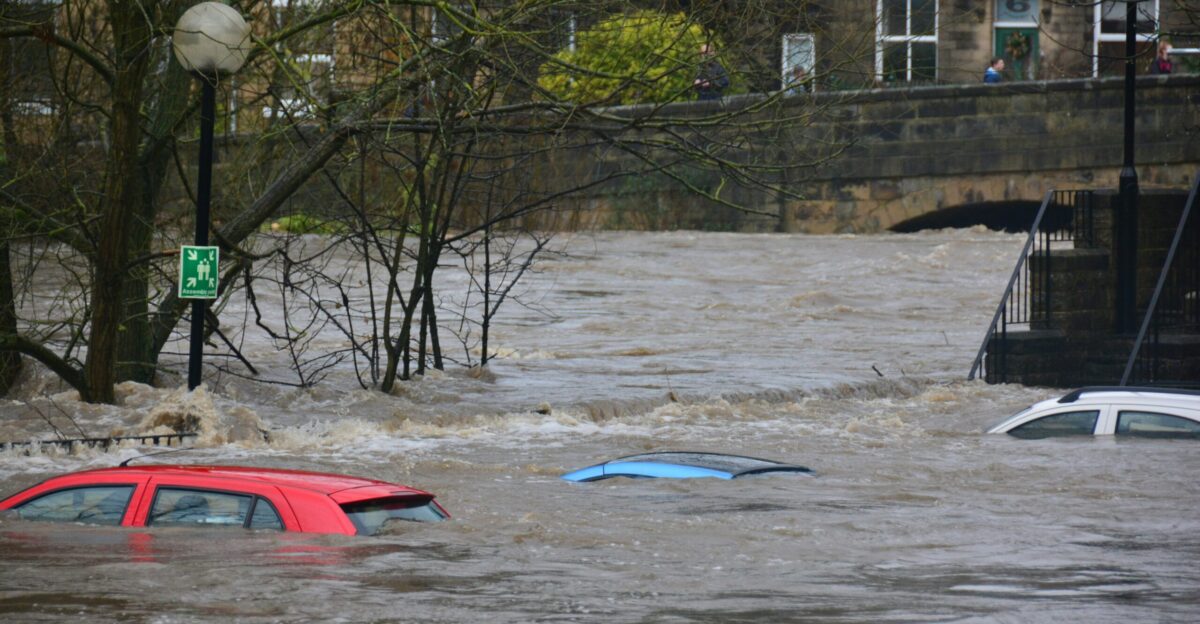
Flash floods claim lives alarmingly fast. According to National Weather Service statistics, flooding and flash flooding have caused more fatalities in the U.S. than tornadoes or hurricanes historically and in recent years, including 2025.
Many deaths occur when drivers attempt to cross flooded roadways and are swept away. Officials repeatedly warn the public: “Don’t risk it. Turn around, don’t drown”.
Rebuilding in the Hardest-Hit Towns
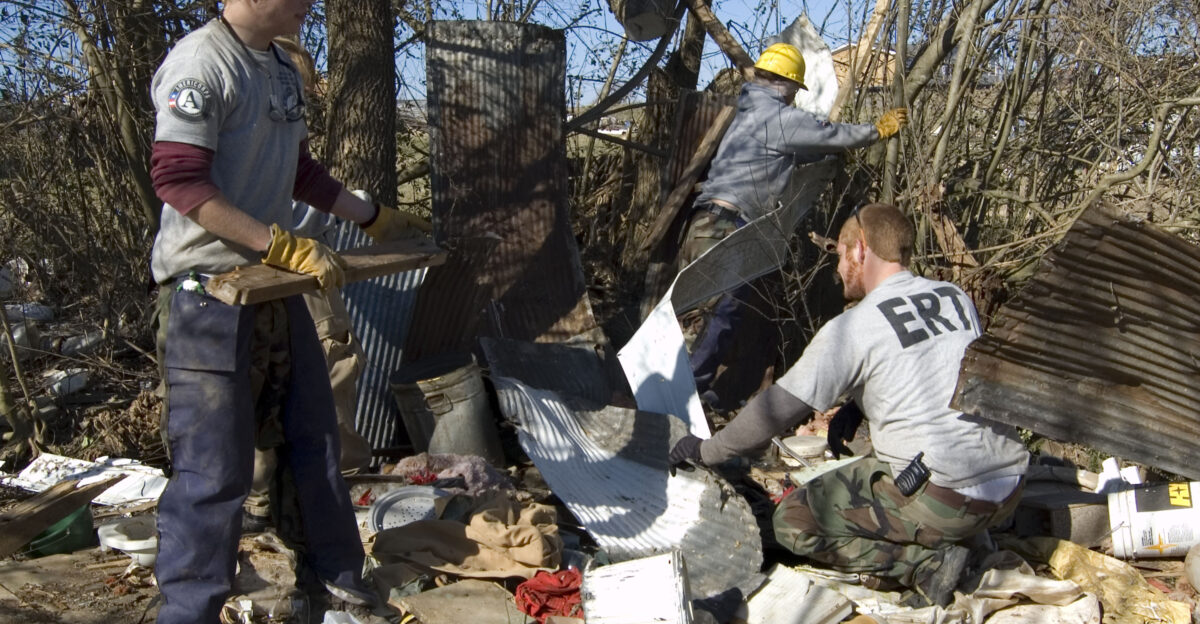
Communities like Kerrville, Tulsa, and Rockford face slow recovery after devastating floods. FEMA assists with clearing debris and infrastructure repair, but local governments must shoulder much of the financial strain when it comes to rebuilding schools, roads, and other critical community assets.
Volunteers filled critical gaps in many towns, especially where federal crews were overwhelmed by the scale of the disaster. As local officials have emphasized in recovery briefings, the process is about “rebuilding not just our infrastructure, but our approach to living with severe storms in the future.”
A New Kind of Emergency Alert
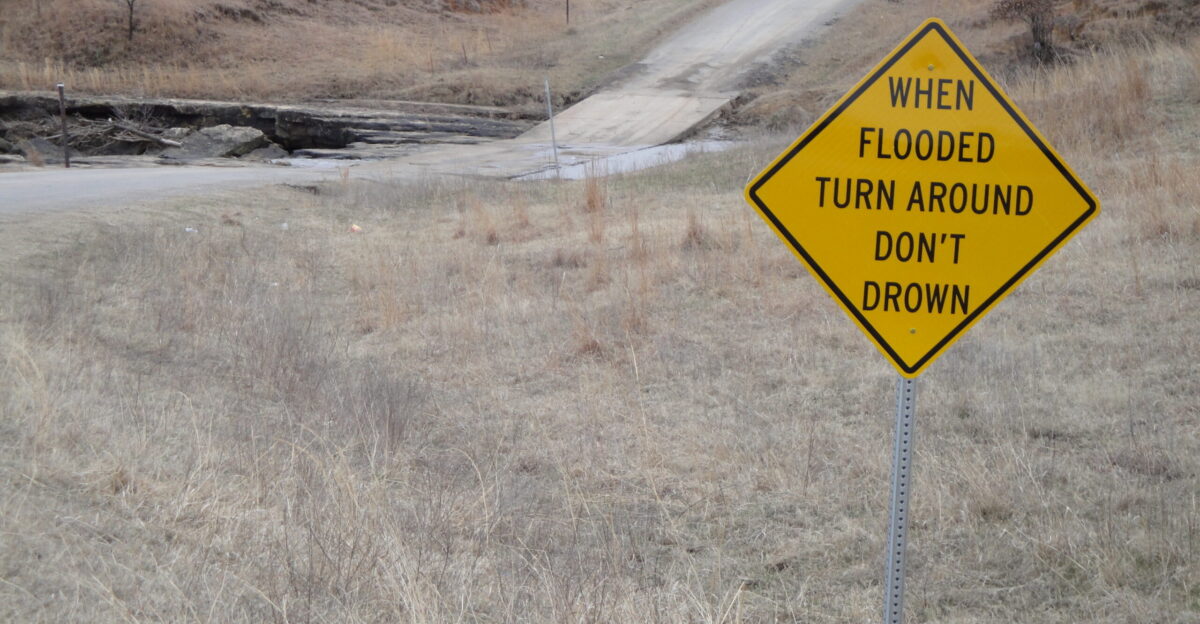
New warning systems have saved many lives. Wireless alerts now bypass TV and radio, instantly reaching phones and providing critical, location-based warnings to at-risk people.
National Weather Service officials emphasize that these technologies provide crucial minutes for response, helping save lives when flash flooding strikes.
The public safety phrase, “Turn around, don’t drown,” has become a nationwide mantra, included in educational campaigns and workplace safety trainings across the country.
The Price and Practice of Preparedness
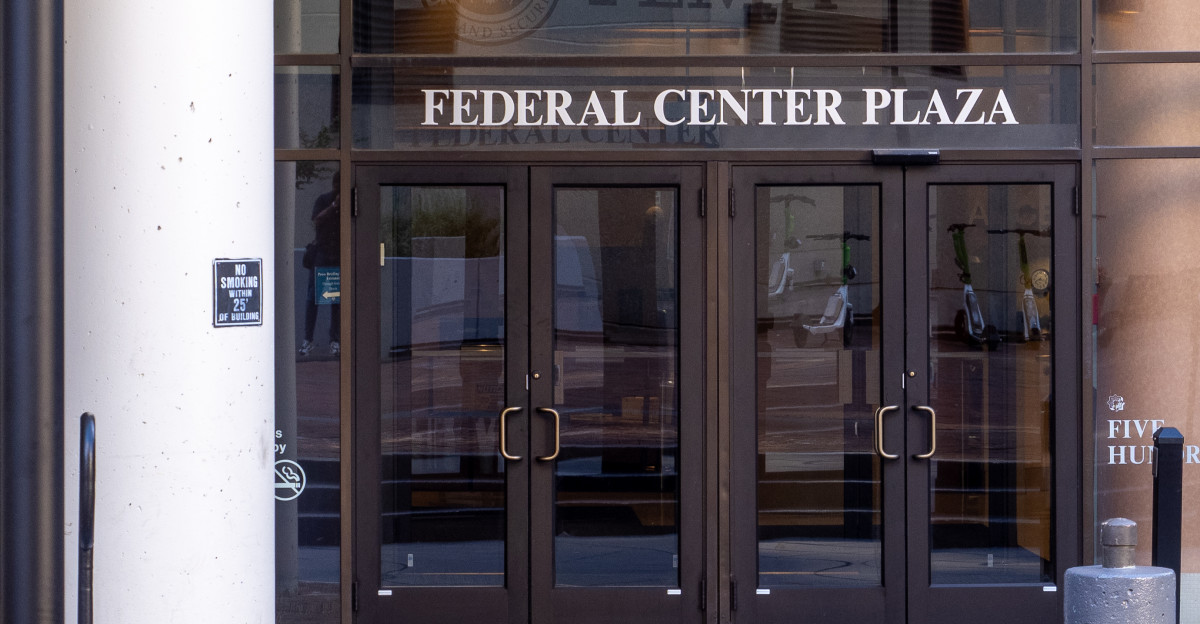
Preparedness has become an expectation rather than a suggestion. FEMA and Ready.gov urge families to assemble go-bags, safeguard critical documents, and regularly practice evacuation routes.
The campaign emphasizes that communities that train and plan together can better adapt and recover during disasters. As more severe weather events loom, robust planning has become the true measure of resilience across the nation.
Holding Each Other Up
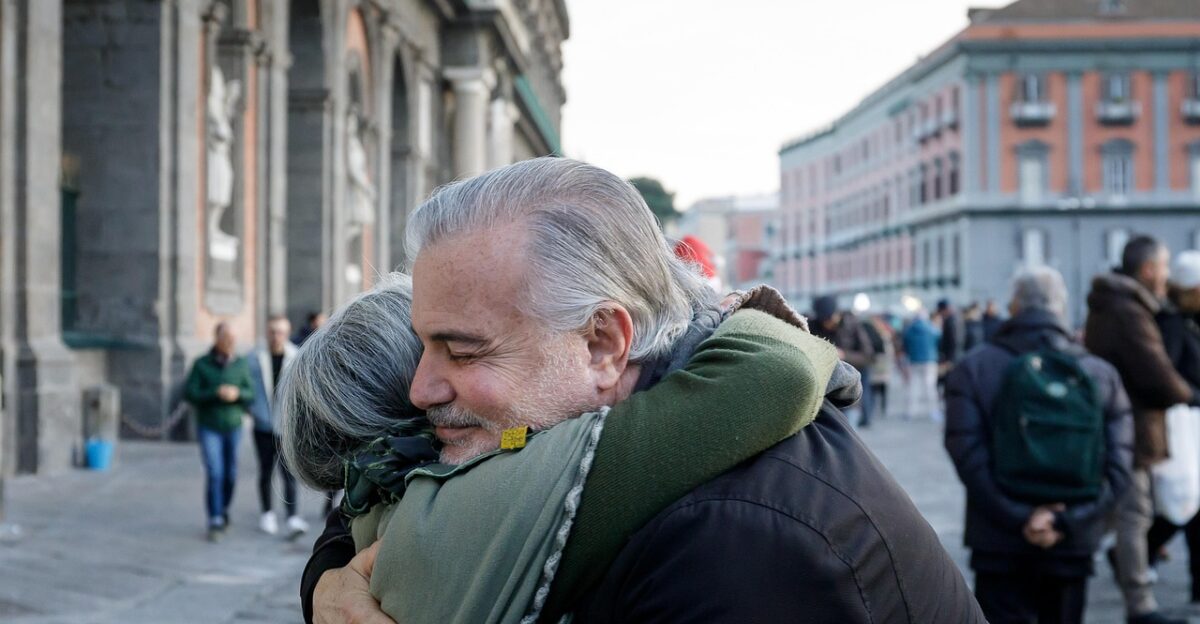
Despite devastation, stories of solidarity shine through. Across flood-ravaged towns, neighbors stepped up as first responders—local churches opened their doors for shelter, volunteers staffed emergency kitchens, and families shared essentials like food and portable generators.
Amid rising waters and daunting recoveries, compassion stitched communities together. Survivors in Texas and elsewhere have repeatedly said, through loss and uncertainty, “We may have lost our homes, but not our sense of community.”